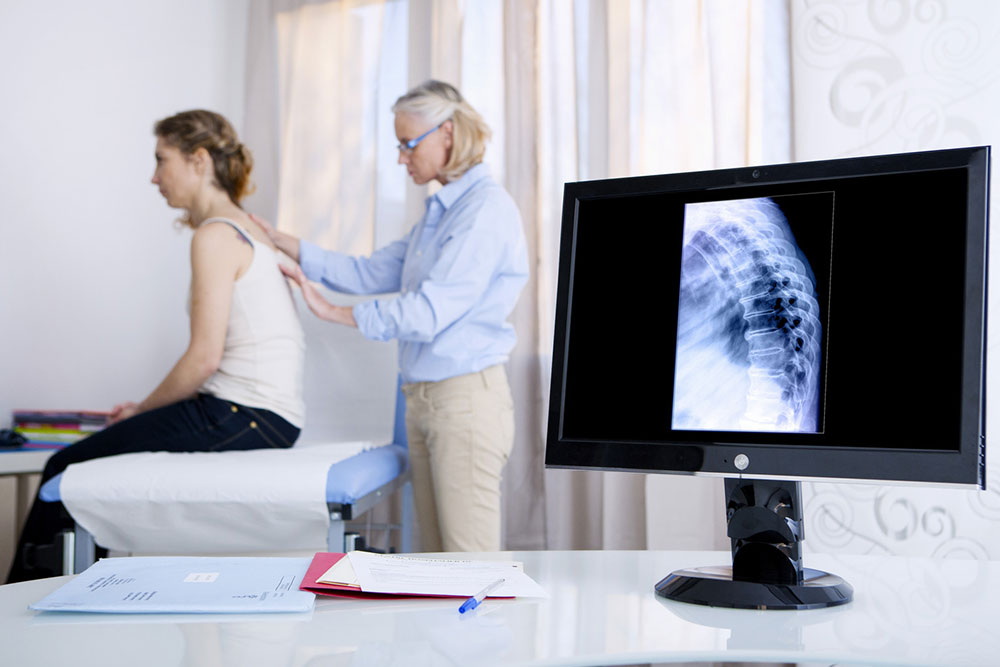Bone density testing – An important diagnostic tool for osteoporosis
Osteoporosis causes no symptoms until a fracture occurs. Osteoporosis or low bone mineral density (BMD) is estimated to occur in about 44 million American men and women, accounting for 55% of the population age 50 and over. Fractures of the spine and hip may result in chronic pain, deformity, depression, disability, and death. About 50% of patients with hip fractures will never be able to walk without assistance, and 25% will require long-term care.

The Surgeon General’s “Report on Bone Health and Osteoporosis” and the National Osteoporosis Foundation’s (NOF) “Physician’s Guide to Prevention and Treatment of Osteoporosis” identify osteoporosis as a major public health concern. This emphasizes the importance of using bone mineral density (BMD) testing as a clinical tool to diagnose patients at high risk of fracture before the first fracture occurs.
BMD testing should be considered for anyone at risk for fracture, provided the results are likely to influence patient management decisions. Initial BMD testing can confirm a clinical suspicion of high fracture risk, establish diagnostic classification, estimate fracture risk, and serve as a baseline for monitoring BMD changes over time. Serial BMD tests showing a change or stability of BMD may provide helpful clinical information, assuming the comparisons are technically valid and the clinician is knowledgeable regarding clinical implications.
The “gold-standard” technology for diagnosis and monitoring is dual-energy X-ray absorptiometry (DXA) of the spine, hip, or forearm. DXA is the preferred method for the diagnosis of osteoporosis and monitoring BMD changes over time. Biomechanical studies have shown a strong correlation between mechanical strength and BMD measured by DXA. Accuracy and precision of DXA are excellent. Radiation exposure with DXA is very low.
Fracture risk can be predicted using DXA and other technologies at many skeletal sites. BMD is usually reported as a T-score, the standard deviation variance of the patient’s BMD compared to a normal young-adult reference population. BMD in postmenopausal women is classified as normal, osteopenia, or osteoporosis according to criteria established by the World Health Organization. Standardized methodologies are being developed to determine cost-effective intervention thresholds for pharmacological therapy based on T-score combined with clinical risk factors for fracture.




